Membrane Transporter/Ion Channel
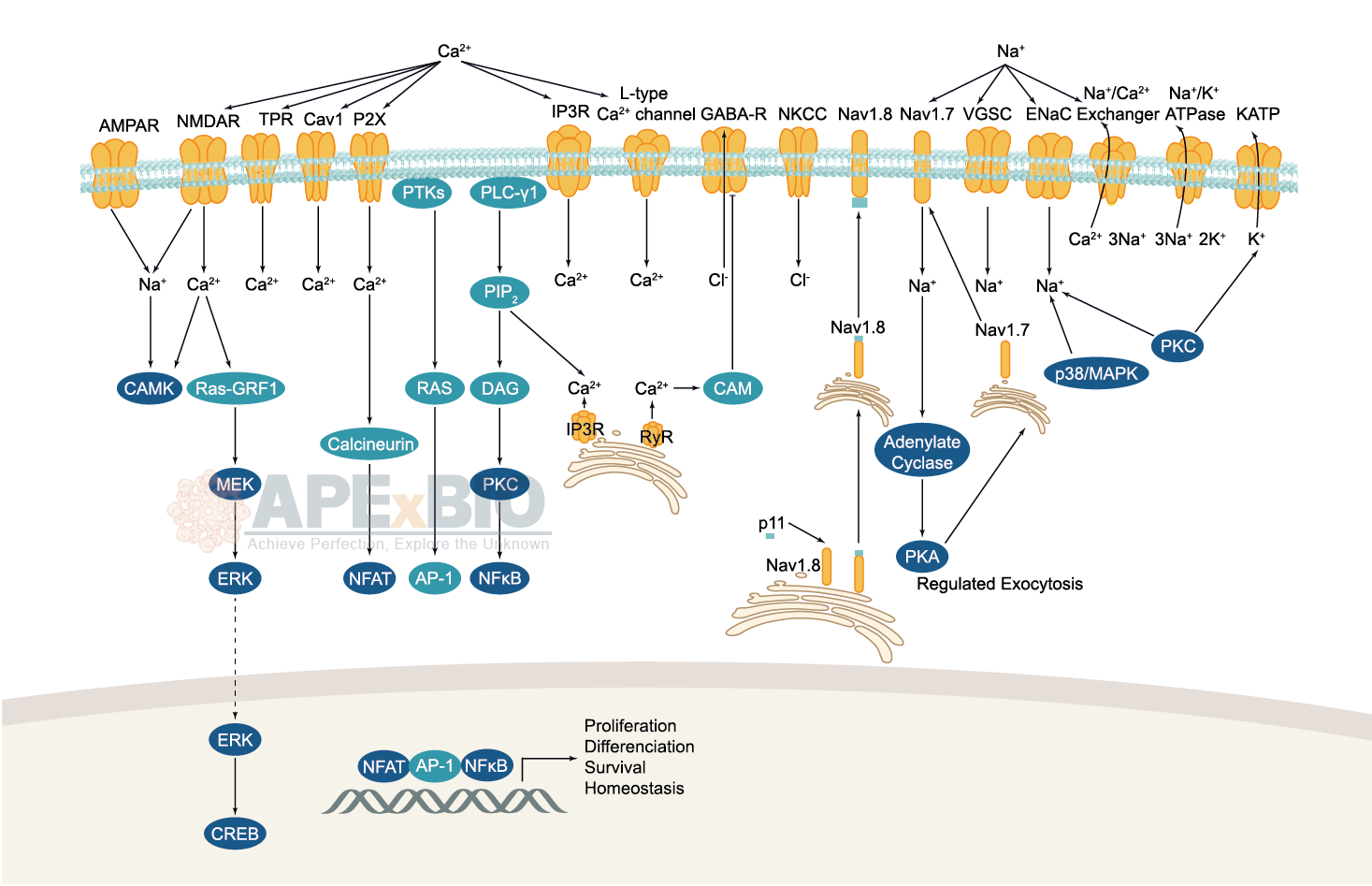

Membrane Transporters mediate the movement of ions and molecules via binding and moving the substance across the membrane. There are two main actions of transporter: facilitated diffusion (passive transport) and active transport. Membrane transporters which bind the hydrolysis of ATP to the transport of target molecules are referred to as ATPases. For instance, Na+,K+-ATPases or Na+,K+-pumps are responsible for the transport of Na+ out of and K+ into cells.
Ion channels are pore-forming membrane proteins which allow the flow of ions across the membrane. The ion channels can be broadly grouped into six families including calcium channels, chloride channels, potassium channels, sodium channels, gap junction proteins and porins. Not all ion channels are gated, such as certain type of K+ and Cl– channels, transient receptor potential superfamily of cation channels, the ryanodine receptors and the IP3 receptors, but most Na+, K+, Ca2+ and some Cl– channels are all gated by voltage. Ligand-gated channels are regulated in response to ligand binding (e.g. neurotransmitters signaling). These ligand-gated neurotransmitter receptors are known as ionotropic receptors. Various neurotransmitters couple to ionotropic receptors such as glutamate, acetylcholine, glycine, GABA, and serotonin.
-
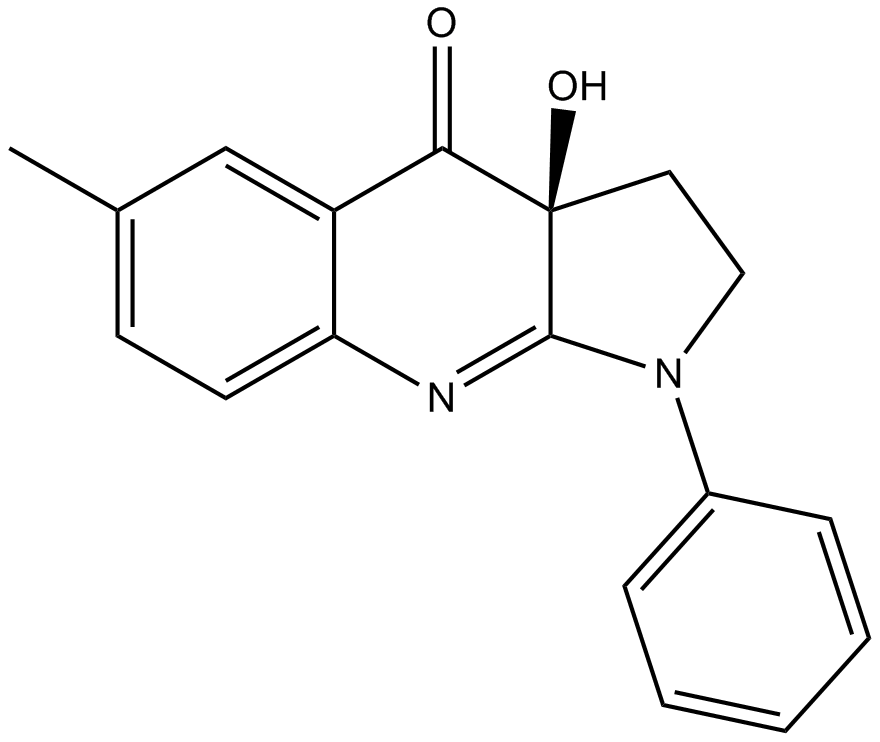 B1387 (-)-Blebbistatin9 CitationTarget: Myosin II ATPasesSummary: non-muscle myosin II inhibitor
B1387 (-)-Blebbistatin9 CitationTarget: Myosin II ATPasesSummary: non-muscle myosin II inhibitor -
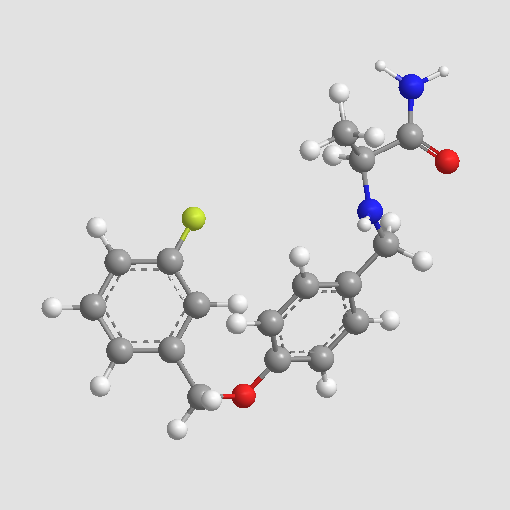 A3784 SafinamideSummary: MAO-B inhibitor
A3784 SafinamideSummary: MAO-B inhibitor -
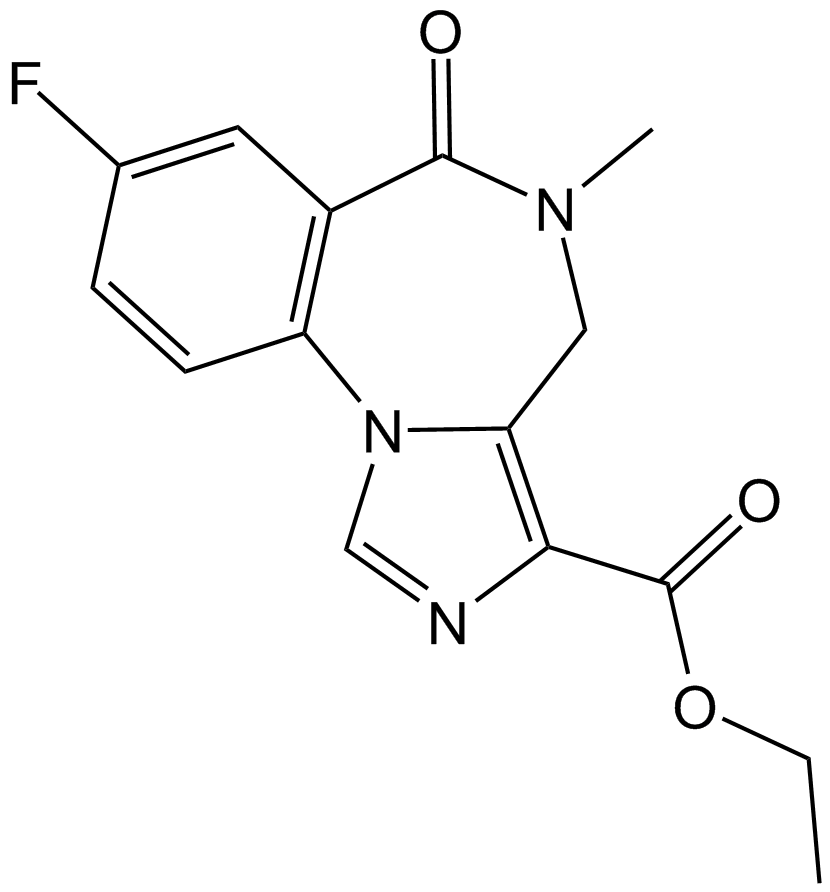 A2917 Flumazenil1 CitationTarget: GABAA ReceptorsSummary: Benzodiazepine antagonist
A2917 Flumazenil1 CitationTarget: GABAA ReceptorsSummary: Benzodiazepine antagonist -
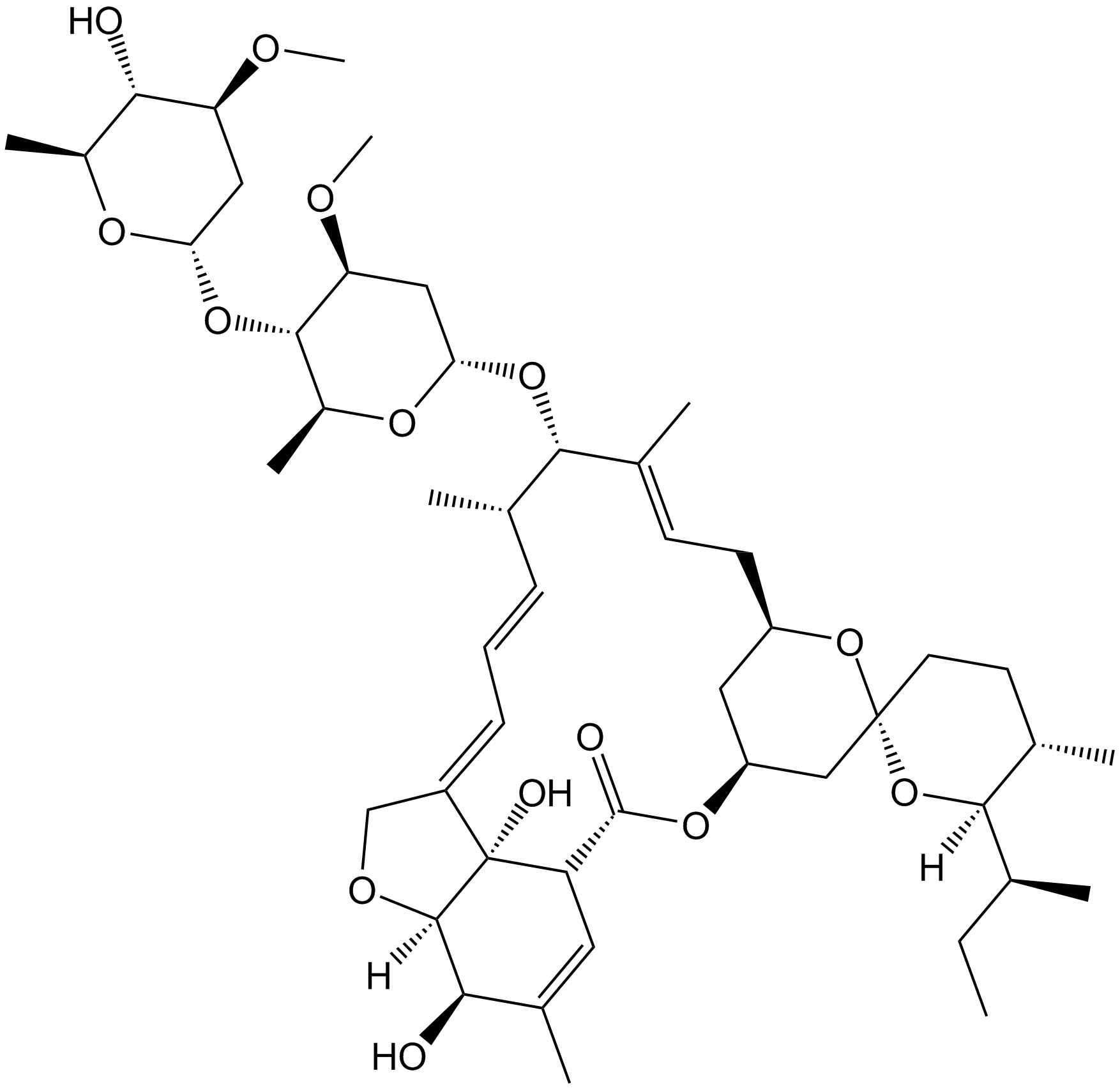 A2813 Ivermectin2 CitationSummary: NAChR/purinergic P2X4 receptor modulator
A2813 Ivermectin2 CitationSummary: NAChR/purinergic P2X4 receptor modulator -
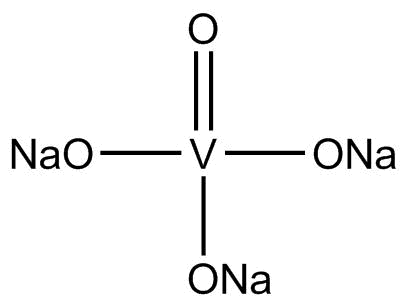 A8524 Sodium OrthovanadateTarget: Protein Tyrosine Phosphatases|alkaline phosphatases|ATPasesSummary: PTP inhibitor
A8524 Sodium OrthovanadateTarget: Protein Tyrosine Phosphatases|alkaline phosphatases|ATPasesSummary: PTP inhibitor -
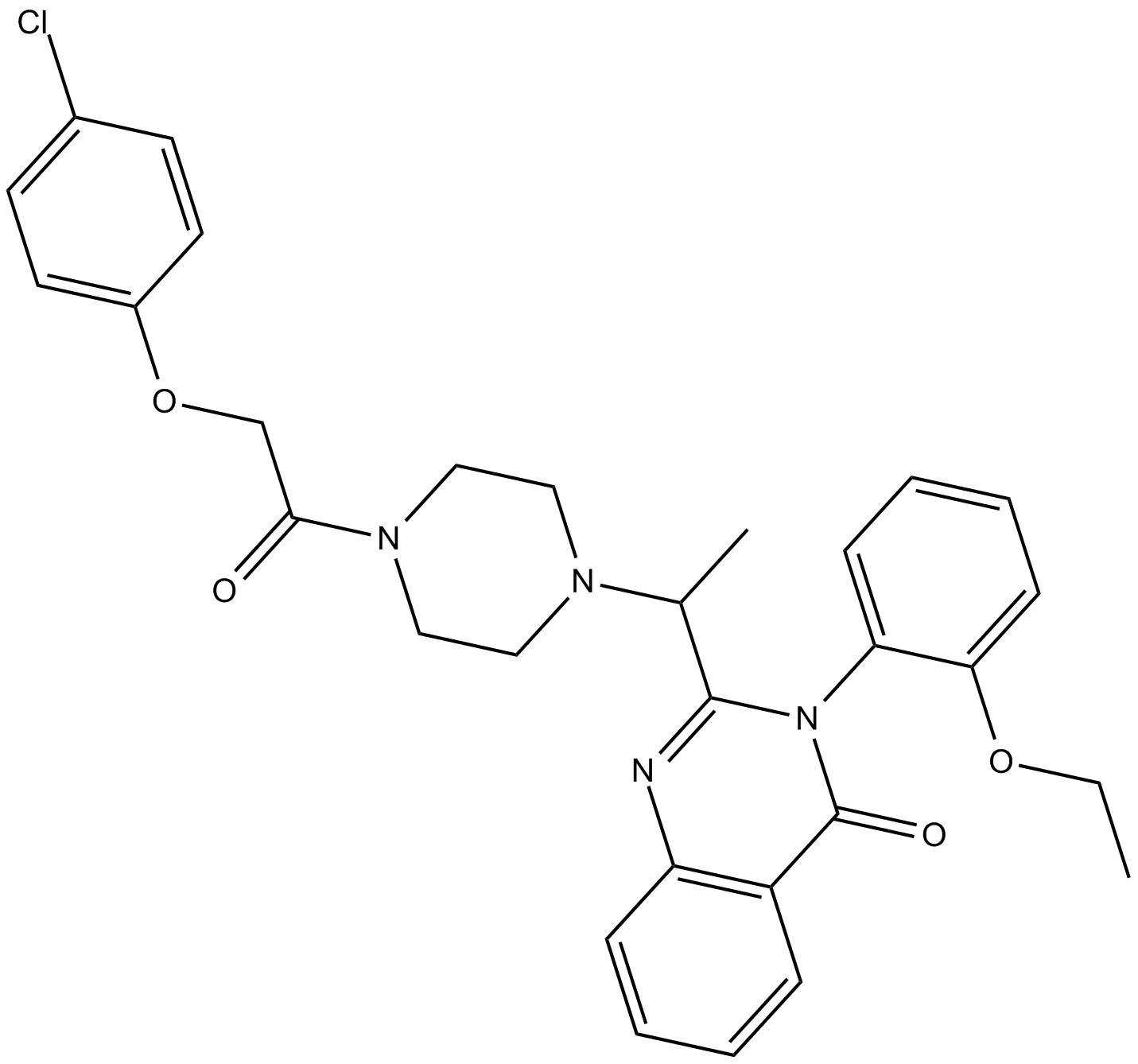 B1524 Erastin31 CitationTarget: RasSummary: ferroptosis inducer
B1524 Erastin31 CitationTarget: RasSummary: ferroptosis inducer -
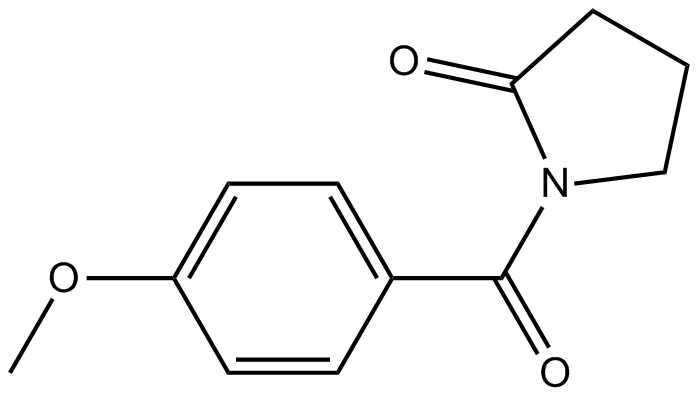 B1210 AniracetamSummary: Nootropic drug for senile dementia
B1210 AniracetamSummary: Nootropic drug for senile dementia -
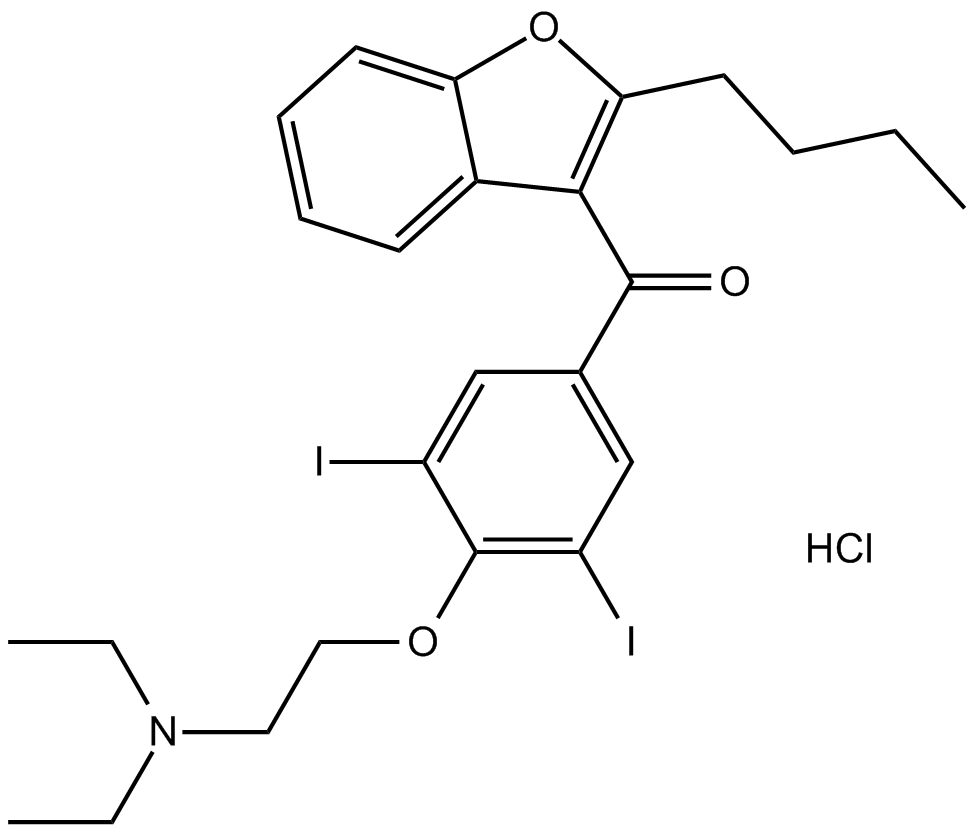 B1389 Amiodarone HClSummary: Anti-arrhythmic drug
B1389 Amiodarone HClSummary: Anti-arrhythmic drug -
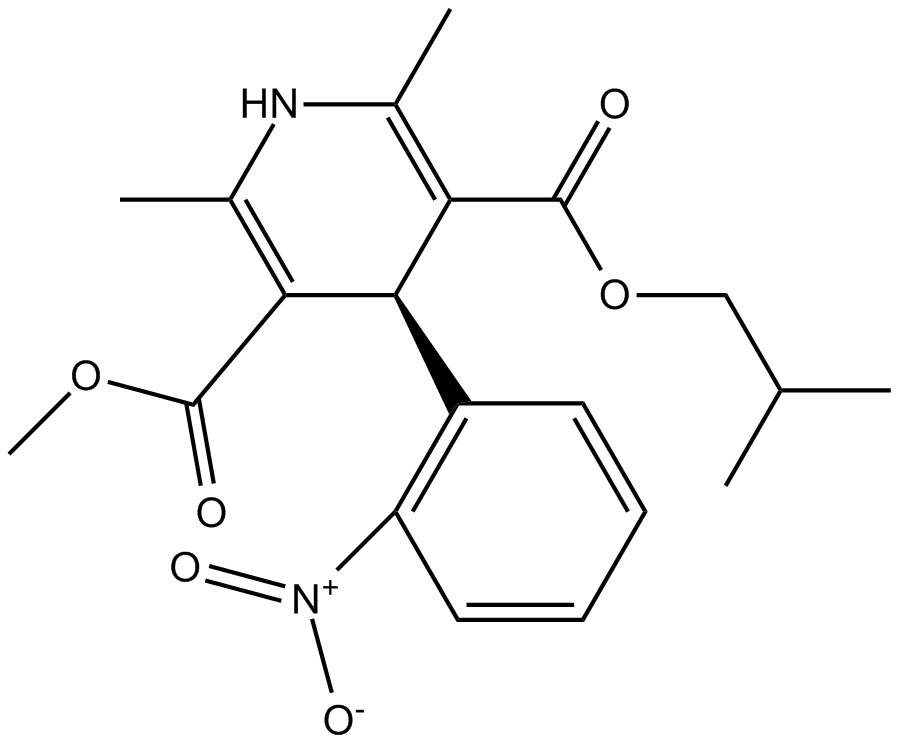 B1989 NisoldipineTarget: Voltage-gated Calcium Channels (CaV)Summary: calcium channel blocker
B1989 NisoldipineTarget: Voltage-gated Calcium Channels (CaV)Summary: calcium channel blocker -
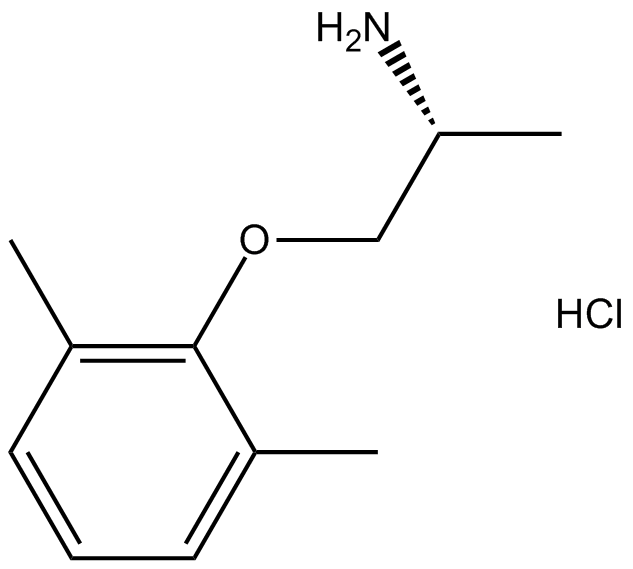 B1789 Mexiletine HClTarget: sodium channelSummary: Sodium channel inhibitor
B1789 Mexiletine HClTarget: sodium channelSummary: Sodium channel inhibitor


